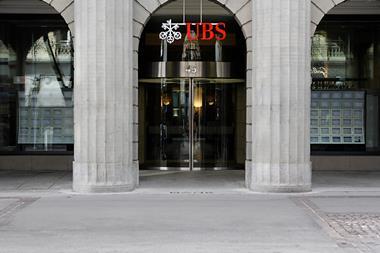IPE speaks with Philip Neyt, director of the Belgian Association of Pension Institutions, regarding the recent market slump and the investment strategies Belgian pension funds are putting in place to better diversify their portfolios.
IPE: "This summer's market slump came as a shock for many pension funds, which had not anticipated the recent turmoil. However, contrary to 2008, when a wave of panic swept through the country and the world in general, pension funds now seem more confident and more prepared to face potential future risks. What is now their priority?"
PN: "The recent financial slowdown has come as a surprise, indeed, with pension funds in the country now looking more carefully at what to do over the coming months.
"One of the main key points for pension funds is to have an in-depth knowledge of the correlation risk within their portfolio. With the current euro crisis, the risk is to have a high volume of government bonds from peripheral countries.
"Government bonds do no offer the safety buffer they used to. On the contrary, they are now one significant source of risk, as is the whole of the financial sector through its own exposure to such countries. So it is now the time to de-correlate the risk.
"Moreover, focusing on the core European countries may decrease the risk, but that is now extremely expensive, with low returns."
IPE: "How are Belgian pension plans adapting their strategy then?"
PN: "Most of them are keeping their asset allocation stable. But this does not mean they are not looking to diversify more. Their strategy is to retain a bond allocation while diversifying more in emerging market debt, as well as in corporate bonds. The same idea applies to equities, as emerging market listed companies are becoming attractive.
"Even if investments in emerging markets currently represent 3-5% of Belgian pension funds' overall portfolios, the idea is to know where the economy is going and where the growth is. If there is no growth in European and US stocks, the option to invest in emerging markets, where the growth reaches up to 8% on average, appears logical and necessary."
IPE: "You mentioned alternative asset classes. However, this asset allocation seems to be mainly implemented by the larger pension plans in the country. What are the issues pension funds are currently facing to invest in such assets?"
PN: "Investing in asset classes such as infrastructure or even real estate comes as part of their plan to de-correlate the risk. These products are usually less correlated to bonds.
"The main issue is probably linked to the fact Belgian pension funds are usually small and cannot afford to implement in-house teams to perfectly understand the advantages and the drawbacks of such assets. However, we can team up with other pension funds in Europe such as in the Netherlands or Scandinavia, which already have an in-depth knowledge of such investments. It is simply a question of finding the right partner.
"Contrary to insurance firms that compete against each other, pension funds can easily share their knowledge to understand alternative asset classes. Previous meetings with larger pension funds in Europe that already have their in-house team show that cooperation between pension plans is feasible and highly recommended, as we share the same requirements. It is true, however, that each pension fund has to apply the expertise to its own liabilities profile."
IPE: "In terms of regulation, what consequences do you think the future implementation of Solvency II in 2013 might have on pension funds in Belgium and their investment strategy?"
PN: "With the new Solvency II regime, it looks like pension funds will be the only long-term investors left. The new capital requirements imposed by Solvency II mean insurance companies are moving away from equities to invest mainly in bonds due to the shorter duration of such instruments. Under the new regulation, insurance firms will have to shift their investments toward less risky financial products.
"This shift could lead to important volatility problems for the insurance firms that have invested in corporate bonds, however. We could also question the fact that, under Solvency II, government bonds of some peripheral countries are considered less risky than some healthy corporates.
"As a result, insurance companies are now looking at low-yielding risk, but these instruments don't provide enough return on investments, unfortunately."












No comments yet